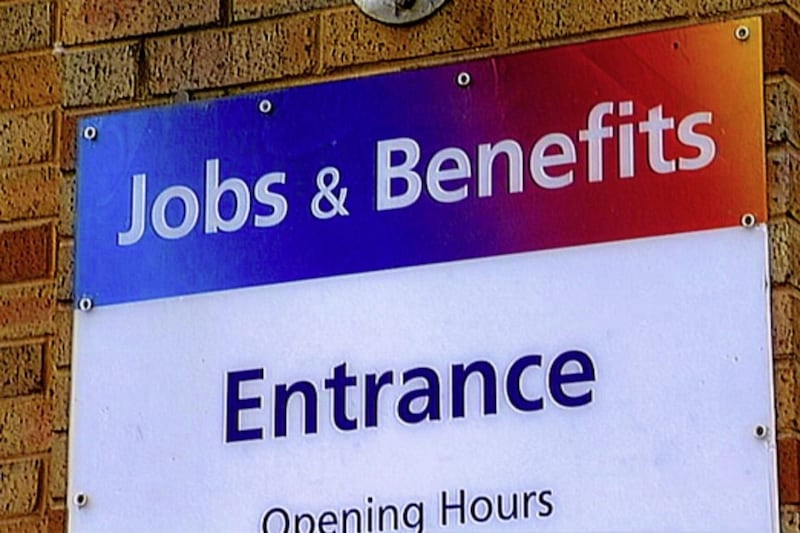The north’s labour market largely recovered to pre-pandemic levels during the Autumn, the official statistics body has concluded.
But the latest report from the Northern Ireland Statistics and Research Agency (Nisra) points to some cooling in workforce conditions during November.
Nisra said the three months to October 2023 was the first time the north’s unemployment, employment and inactivity rates had all returned to pre-pandemic levels seen in the November to January 2020 period.
November’s labour market report also suggests the north’s official unemployment rate remained at a record low of 2.1% during August to October.
The employment rate in that three-month period increased by 1.7 percentage points to 72.8%, the highest on record.
But the total number of weekly hours worked in the north in that same period (28.7 million), had not yet recovered to the pre-pandemic peak of 29.5 million hours.
Although the total increased 3.5% on the previous quarter.
The more up-to-date labour market data, sourced from HMRC, showed conditions slowing in November.
The number of employees receiving pay through HMRC’s PAYE system declined by 0.1% to 796,415 between October and November.
HMRC’s wage data also showed median monthly earnings for those paid via PAYE declined by 1.8% between October and November to £2,064, a difference of £38.
That left the average monthly wage 2.3% higher than 12 months earlier (+£46).
Some 36,600 people were on the north’s claimant count during November, the equivalent of 3.8% of the total workforce.
The November total marked a 0.3% drop from October’s revised figure.
However, the count remains 22.5% higher than the pre-pandemic total from March 2020.
Elsewhere, there were officially 390 redundancies proposed by employers in November, the highest since June 2023.
There were 410 redundancies confirmed last month.
Employers are only legally required to notify the Department for the Economy in cases where at least 20 jobs are being cut.
Nisra also published its Quarterly Employment Survey (QES) on Tuesday, which was carried out at the start of September.
The QES counts the total number of jobs rather than the number of persons with jobs.
It suggests employee jobs in Northern Ireland increased to a record high of 822,870 in September.
Elizabeth Colvin, an employment solicitor at DWF’s Belfast office said the QES figures suggest there is still movement in the Northern Ireland job market as employees seek out more favourable pay packages to meet the demands of higher living costs.
“From 1 April 2024, the national minimum wage will rise from £10.42 to £11.44 per hour and the age threshold will be lowered to 21,” she said.
“While this increase will be welcomed by workers, employers will need to budget carefully to meet these higher employee costs.”








